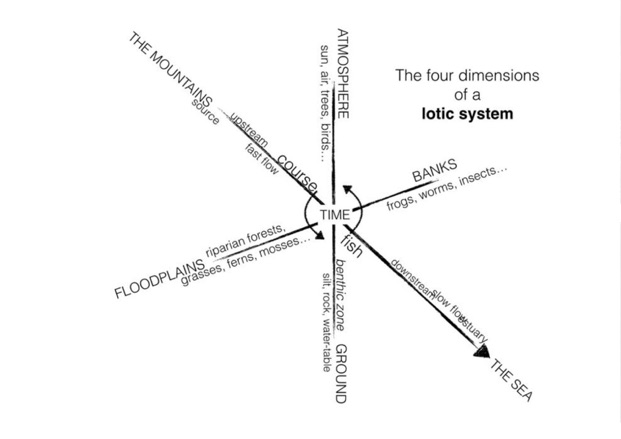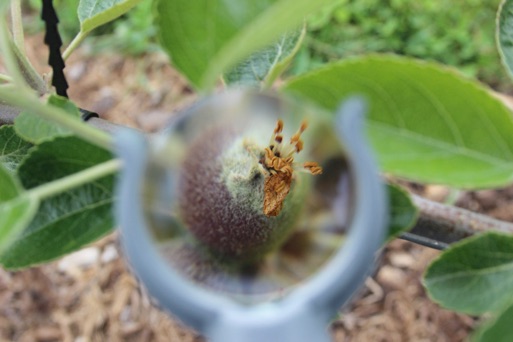SLOW LOOKING



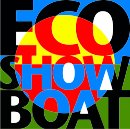


LEAD ARTISTS
Anne Cleary
Denis Connolly
TOUR MANAGER
Vincent O’Shea





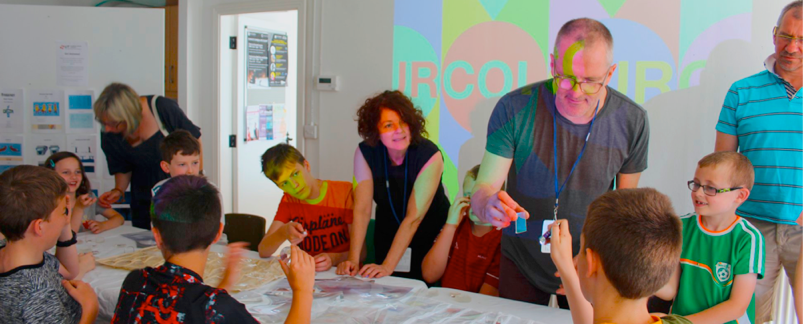
Cleary and Connolly believe that learning begins with looking. Looking closely at things - for the purposes of observation and accurate documentation, or just for the simple pleasure of engaging your mind with the world - affords a deeper learning experience by fixing attention and setting up a remarkably complex and active investigation that begins with the eye and progressively engages the whole mind. The Slow Looking workshop invites you to use a range of simple viewing devices - bug boxes and magnifying glasses - to observe closely samples of biodiversity found on site, and to draw these using the materials provided, in a relaxed atmosphere conducive to conversation.
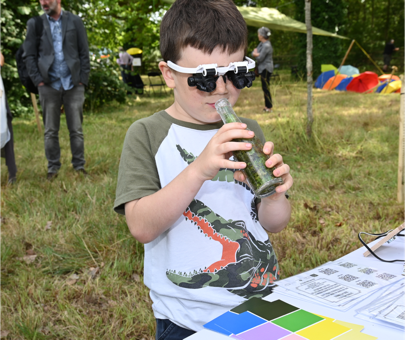

Exhibition of drawings at the Eco Showboat launch, Kilkenny, August 2021

At the Eco Showboat launch, Kilkenny, August 2021

School of Looking workshop with student teachers, MIC, Limerick, 2018
Study of a spider’s eyes by student teacher, School of Looking, MIC, 2018
School of Looking study of the principles of a river system
School of Looking workshop at Clonmel Junction Festival, 2019
Freshwater food chain: a School of Looking study
Science has traditionally used drawing to document the natural world. Scientist and artist Mary Ward (1827 –1869) published Sketches with the Microscope in 1858, a collection of stunning drawings of microscopic views of nature. Physicist John Tyndall published The Glaciers of the Alps in 1860, an extraordinary document combining literary narrative and drawing with scientific observation. Waterways Ireland holds an archive of over 3,000 drawings and sketches of the inland waterways, fine works of art as well as records and engineering drawings.
We believe that looking closely at things for the purposes of observation and accurate skill based documentation affords a deeper learning experience by fixing attention. Today we have a range of tools to document the biodiversity of the waterways – macro and drone photography/video, electron microscopy…
Building on traditional methodology, but incorporating contemporary technology including digital media and present-day public engagement strategies, we will co-create an artistic database of fresh water biodiversity with communities throughout Ireland, supporting the work of the National Biodiversity Data Centre by sharing sightings as we go.
We can only see what we look at. To look is an act of choice.
—John Berger
workshops










